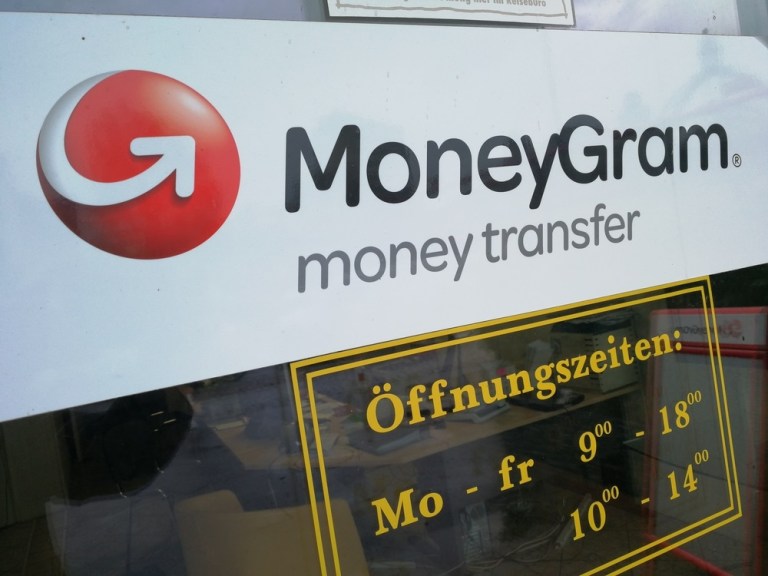
Money transfer giant MoneyGram beat expectations on the bottom line but missed on the top, as new compliance standards put in place by the company proved a headwind to revenues. Yet management maintained efforts to shore up defenses against fraud as money moved far-flung distances – amid a more stringent regulatory environment – will bear fruit in the long run. The company’s digital initiatives are gaining ground, too, said management.
On a consolidated basis, the company posted earnings of 21 cents a share, which topped expectations by a nickel. The revenues of $374 million were $13 million below consensus.
In response, and during intraday trading, investors bid the stock down 8 percent to slightly more than $6.
The company said that fee-related revenues came in at $362 million, with a decline from $391 million a year ago. That came in part due to new compliance standards adopted by MoneyGram, which seek more data on consumers of its services, and where at least some activity has shifted to competitors. The company also said that top-line impacts came with rollouts of the Walmart2World service, and the lower investment revenue as compared to last year.
Within segment results, the company noted in filings with the Securities and Exchange Commission (SEC) that money transfer revenues stood at just under $330 million, which was off 8 percent year on year.
The company also said that digital initiatives are showing traction, as CEO Alexander Holmes noted on the conference call post-earnings release that digital-to-digital transactions and the remittance market are showing growth. In its materials, MoneyGram stated that digital MoneyGram.com grew 17 percent year on year to become 16 percent of total money transfer funds.
Focus on Physical Network, Too
The company stated that it is capitalizing on its physical network by hiring new agents, with cash still a point of reliance as much as 85 percent or more in Latin America areas. Cash in and cash out is a competitive advantage for the company, stated Holmes. He also cited the U.K. Post Office and continued push in Mexico as examples.
Walmart is “up, running and tracking to plan,” said Holmes.
Turning to the digital restructuring initiative (previously announced), he said that the company has reduced global headcount by 8 percent and reduced tech costs. This will let them keep margins intact even in the face of a drag on revenues.
Compliance – adhering to what the company termed higher standards tied to the Data Protection Act – have short-term impact, stated executives. Yet the benefits will be lower-risk, higher data standards than peers. The standards are tied to transaction limits, which in turn have impacted revenues. In a question-and-answer session, Holmes said initiatives include ID efforts in high fraud corridors where funds are sent and received.
“Smaller players are selling against us in the market” highlighting what he termed “a compliance lite focus,” he said. “At the end of the day, we are doing what we think is right,” even though some of that revenue will not come back.
The digital remittance market holds significant promise for the company, as it is likely to be a market worth as much as a$300 billion in 2021.